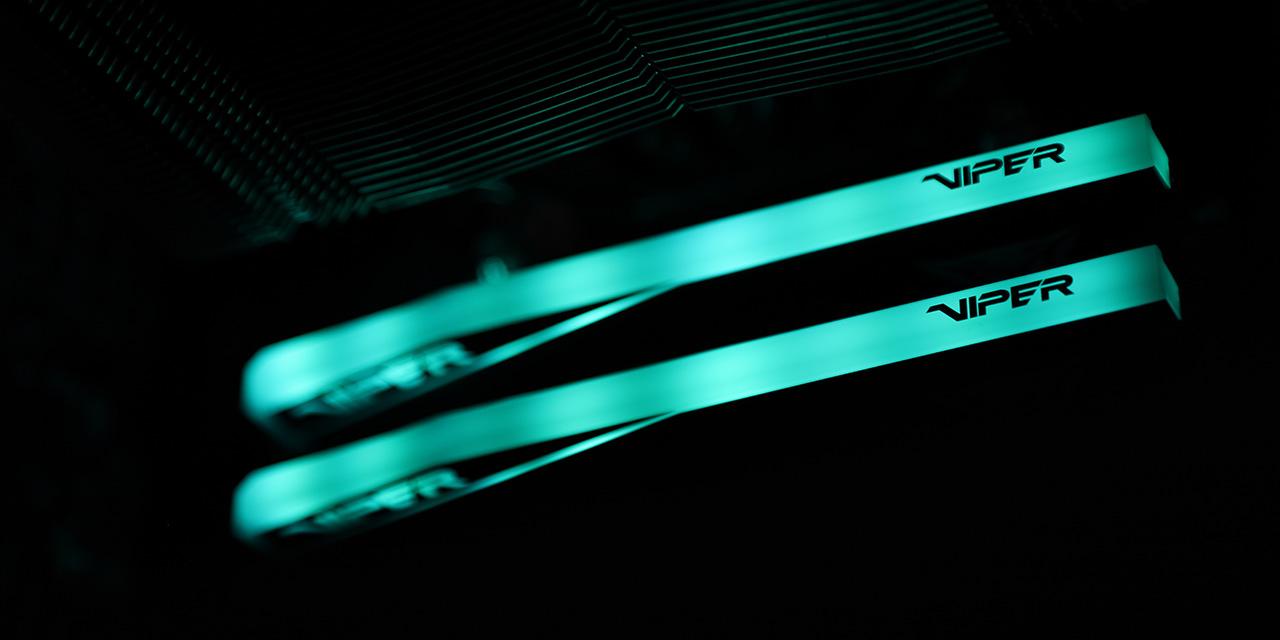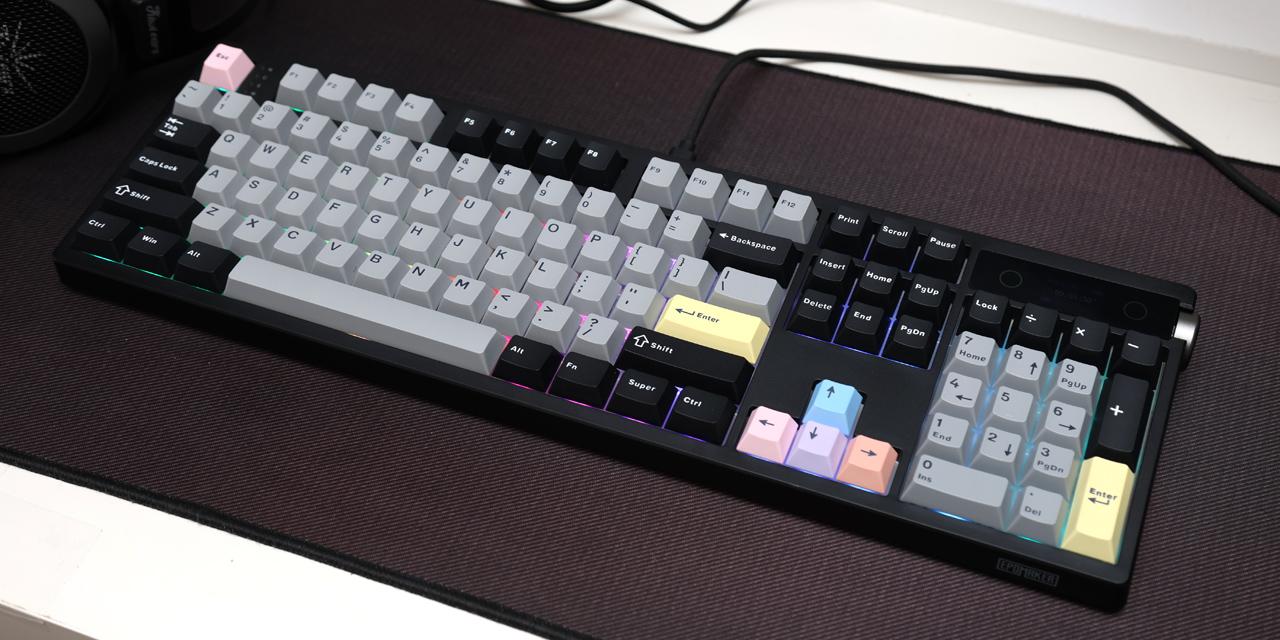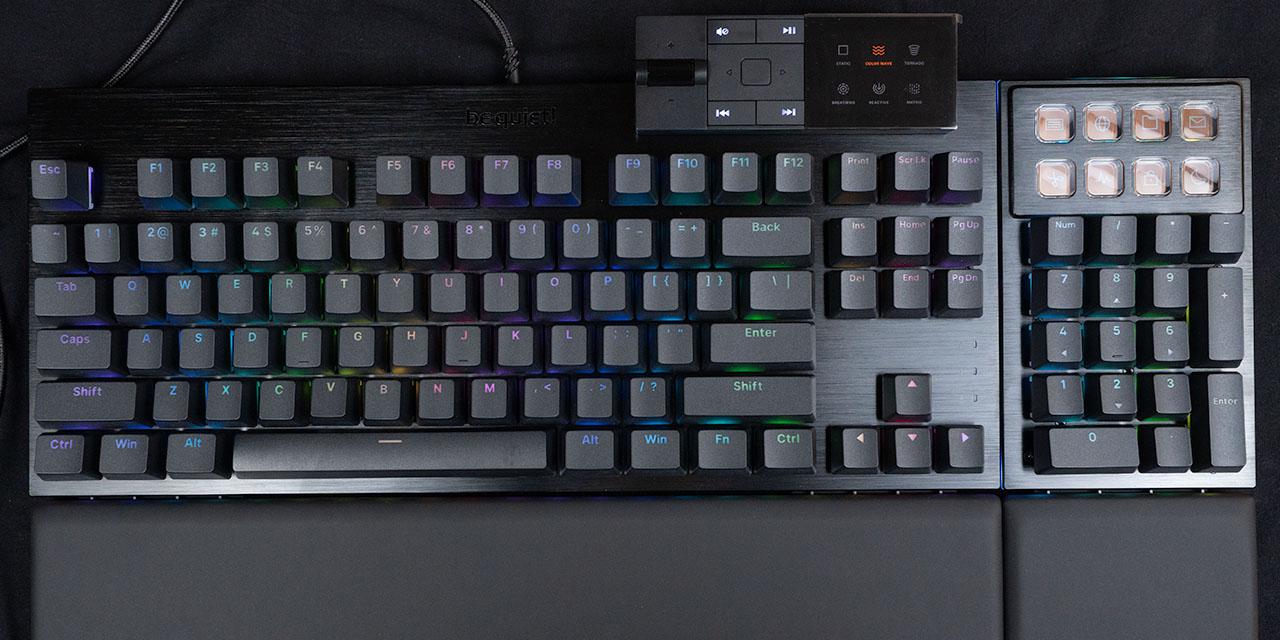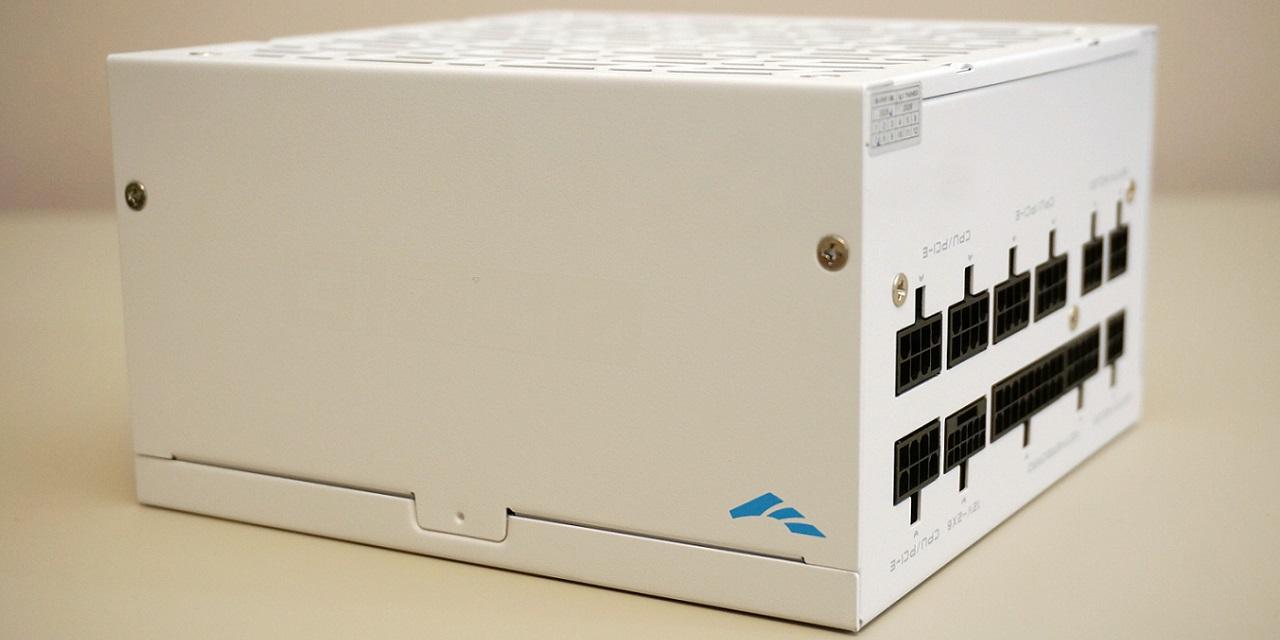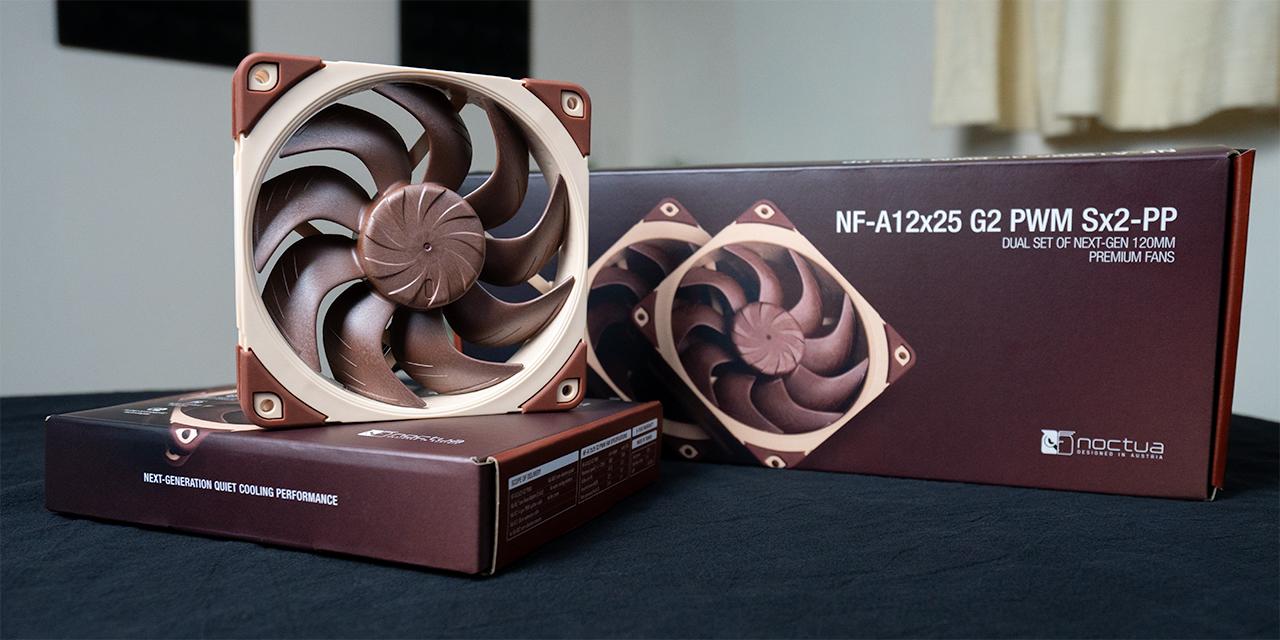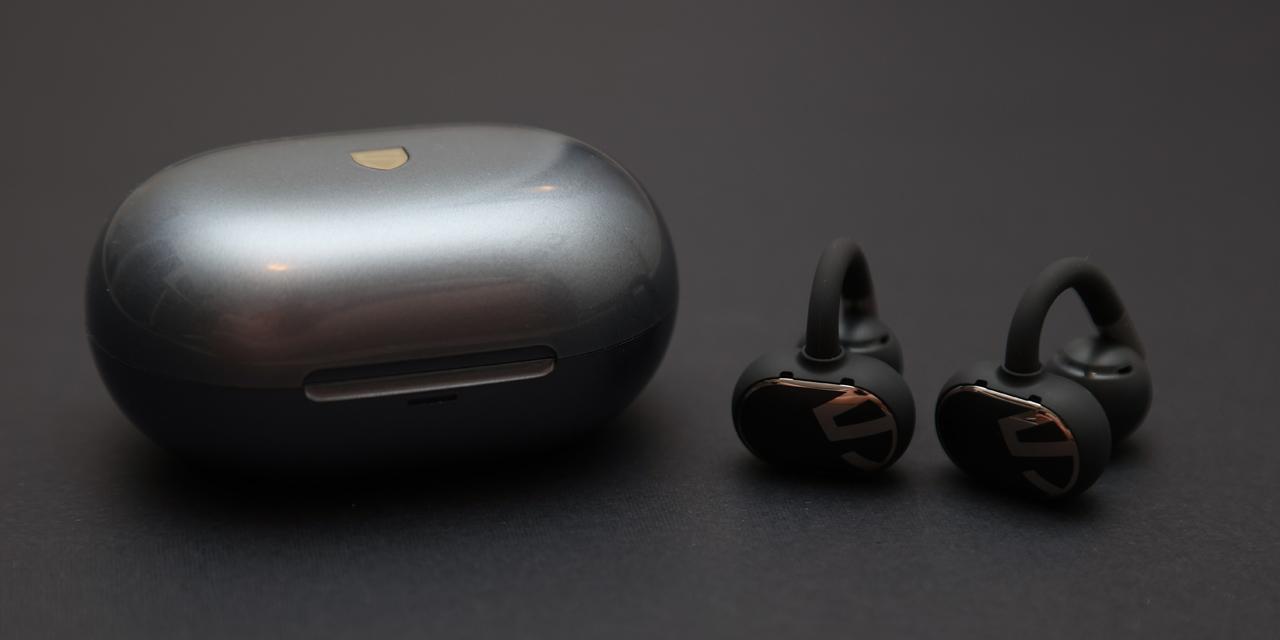Page 3 - A Closer Look - Disassembly and Internals

Like the MechLands Vibe75, the M75 has a comparable way to disassemble the keyboard. Unfortunately, as the frame around the keyboard is plastic, I was hesitant to pull off this frame, as it may break under pressure. As such, I did not fully take apart the keyboard. However, we can still look at the components that make up the MechLands M75. First, we can inspect the keycaps. These are PBT or polybutylene terephthalate plastic with a double-shot injection. I like PBT as a material choice, as it is more durable and does not shine or fade over time compared to other commonly used plastics like ABS. The thicker wall also adds to a deeper sound when used. The legends are inserted with a second layer of plastic, which is why it is called double shot. As such, the legends will not fade or wear over time, but it is a costly option for making keycaps. The choice of font is clear and legible with OEM-like writing. The keycaps use standard MX stems with a Cherry profile. The MechLands M75 offers full NKRO over USB. NKRO stands for N-key rollover, which refers to the number of keys scanned independently by the hardware.

The longer keys of the MechLands M75, like the space bar and Enter, have Cherry stabilizers on each side to ensure an even actuation and to prevent wobbling. These seem to be factory lubricated as it has a smooth travel and does not rattle or squeak when the longer keys are pressed. The stabilizers look like they are plate-mounted rather than screwed into the PCB. This is usually a cheaper alternative, as plate-mounted stabilizers can cause a bit more rattling. Thankfully, the stabilizers do not make much noise. The plate is aluminum and does not flex under pressure. This also affects how each keystroke sound.
In between the magnetic key switch and the stabilizers, MechLands has filled this area with a bit of rubber to prevent a hollow sound. We also found foam layers between the plate and the PCB to help with dampening the sound and making it more satisfying to the press. While we were unable to take apart the MechLands M75, it is clear there are at least a couple layers of dampening inside, which is why the audible feedback is very pleasant to hear.

One of the key selling points of the MechLands M75 is its switch technology. Mechanical switches consist of a housing base, stem, and spring, offering varying levels of tactile and audible feedback. However, you already notice the M75 does not use typical mechanical switches, but rather Hall effect magnetic switches. Each stem has a small magnet at the bottom of the stem, and this is picked up by the Hall effect sensor on the PCB. More specifically, these are Outemu Amethyst Magnetic switches. They have a starting actuation force of 25g if you set them to the minimum actuation distance. At the default actuation distance of 2.0mm, the force required is 45g. These linear switches have a total travel distance of 3.5mm and an expected lifespan of one hundred million keystrokes.
The Outemu Amethyst Magnetic switches have a clear top-housing with a plastic diffuser on the south side to spread the south-facing LEDs. The light purple POM stem features a Cherry-style stem with a box structure around it to reduce key wobble. The purple base provides structural support. Inside, the 21mm spring ensures consistent actuation. The switch has minimal lateral movement, which is a positive sign for stability. Unfortunately, Outemu has not disclosed the other materials used in these switches. Common plastics for such components include polycarbonate, POM, or nylon. These switches can be hot swapped, but you can only use specific Hall effect switches with the MechLands M75.
Page Index
1. Introduction, Packaging, Specifications
2. A Closer Look - Hardware and Software
3. A Closer Look - Disassembly and Internals
4. Conclusion
